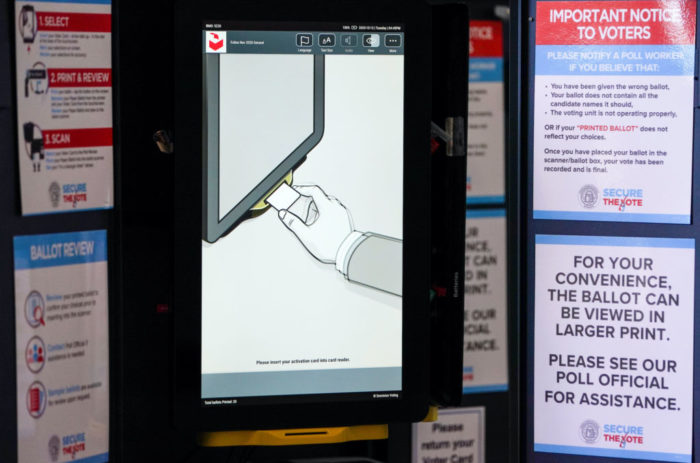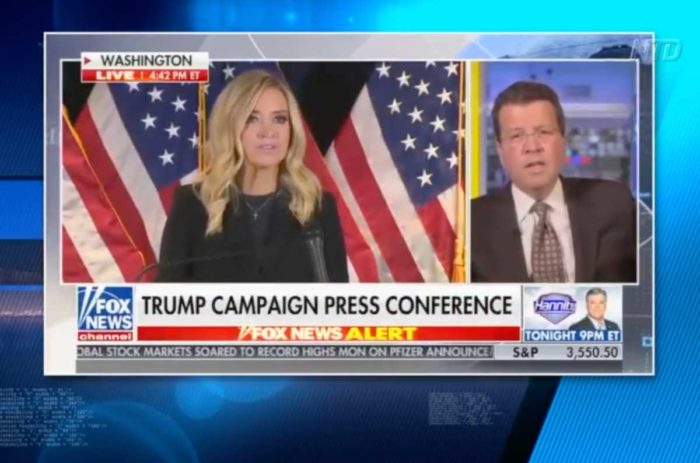redo Jump to...
print Print...
Directions
-Read the excerpt below from the "Best of the Web" post by OpinionJournal.com's editor James Taranto.
-Read "Types of Media Bias" in the right column. Then answer the question.
From a post by OpinionJournal.com’s editor James Taranto (original post date 1/5/12):
Two Papers in One!
- “It is disturbing that President Bush has exhibited a grandiose vision of executive power that leaves little room for public debate, the concerns of the minority party or the supervisory powers of the courts. But it is just plain baffling to watch him take the same regal attitude toward a Congress in which his party holds solid majorities in both houses. Seizing the opportunity presented by the Congressional holiday break, Mr. Bush announced 17 recess appointments–a constitutional gimmick. . . . Presidents Ronald Reagan and Bill Clinton made scores of recess appointments. But both of them faced a Congress controlled by the opposition party, while the Senate has been under Republican control for Mr. Bush’s entire five years in office.”–editorial, New York Times, Jan. 9, 2006
- “Nearly six months after it opened its doors, the Consumer Financial Protection Bureau finally has a director, after President Obama’s recess appointment of Richard Cordray. . . . Mr. Obama also appointed three new and qualified members to the National Labor Relations Board. . . . Announcing the appointments, Mr. Obama also asserted a welcome new credo: ‘When Congress refuses to act, and as a result, hurts our economy and puts our people at risk, then I have an obligation as president to do what I can without them.’ Hear. Hear.”–editorial, New York Times, Jan. 5, 2012
(Read the original post at opinionjournal.com – scroll halfway down to “Two Papers in One”)
To accurately identify different types of bias, you should be aware of the issues of the day, and the liberal and conservative perspectives on each issue.
Types of Media Bias:Questions
1. What is a recess appointment?
2. How did the New York Times view each President’s recess appointments?
3. Define double-standard.
4. Do you think the New York Times displayed a double standard in reporting on recess appointments made by President Bush and President Obama? Explain your answer.
Scroll down to the bottom of the page for the answers.
Answers
1. A recess appointment is the appointment, by the President of the United States, of a senior federal official while the U.S. Senate is in recess. The U.S. Constitution requires that the most senior federal officers must be confirmed by the Senate before assuming office, but while the Senate is in recess the President often acts alone by making a recess appointment. To remain in effect a recess appointment must be approved by the Senate by the end of the next session of Congress, or the position becomes vacant again; in current practice this means that a recess appointment must be approved by roughly the end of the next calendar year. Recess appointments are authorized by Article II, Section 2 of the U.S. Constitution (From wikipedia)
2. President Bush’s recess appointments were viewed by The New York Times as a “disturbing” use of his power. President Obama’s appointments were viewed in a very positive way – that he acted presidential, he took initiative, he was the leader.
3. double-standard:
- a set of principles that applies differently and usually more rigorously to one group of people or circumstances than to another (from Merriam-Webster Dictionary, m-w.com)
- a situation in which two people, groups, etc., are treated very differently from each other in a way that is unfair to one of them (Merriam-Webster Dictionary, learnersdictionary.com)
- the application of different sets of principles for similar situations, or to different people in the same situation (from wikipedia)
4. Opinion question. Answers vary.



